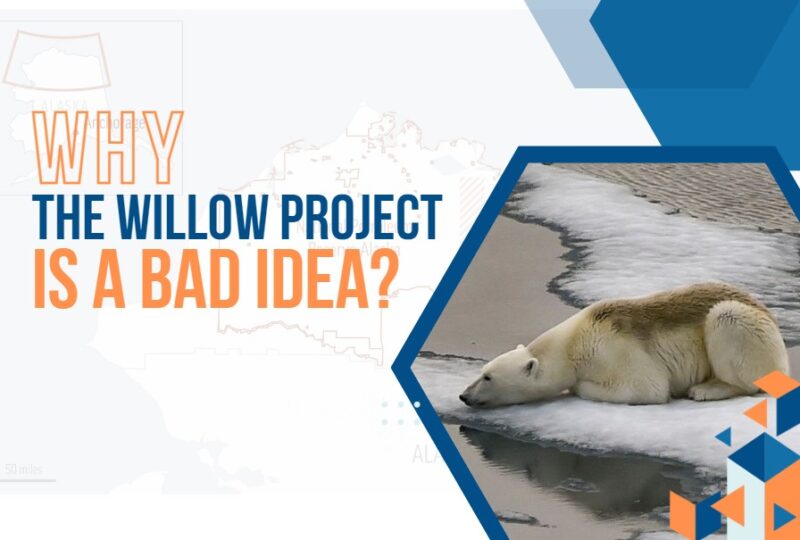The Willow Project, a proposed large-scale oil and gas development in the National Petroleum Reserve in Alaska (NPR-A), has emerged as a highly contentious venture, eliciting extensive debates about its environmental, social, and economic implications.
This article provides an in-depth examination of the Willow Project, drawing upon data, statistics, and expert analyses to shed light on its potential drawbacks and the concerns raised by various stakeholders.
The Environmental and Climate Impacts of the Willow Project
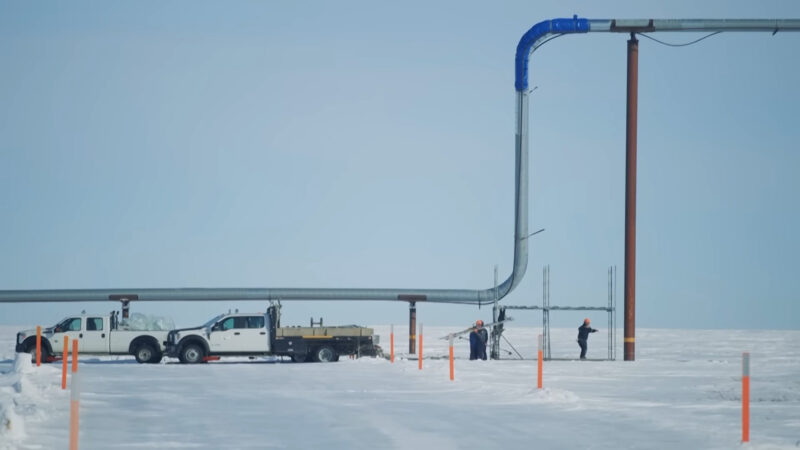
Disturbance to Wildlife Habitats
The NPR-A, covering approximately 23.5 million acres, is renowned for its diverse ecosystems and serves as vital habitat for various wildlife species. The construction and operation of the Willow Project could significantly impact these habitats, potentially leading to:
- Habitat Fragmentation: The development of infrastructure, such as roads and pipelines, could fragment habitats, impeding wildlife movements and migration patterns.
- Endangered Species Disruptions: Iconic species like caribou and polar bears may face disturbances during critical phases of their life cycles, affecting breeding success and population dynamics.
Greenhouse Gas Emissions
The extraction and burning of fossil fuels are major contributors to global greenhouse gas emissions. The Willow Project’s estimated emissions are staggering:
- Carbon Emission Equivalent: The project’s development is projected to release approximately 137 to 207 million metric tons of carbon dioxide equivalent annually, equivalent to the emissions from over 28 million passenger vehicles per year. (Source: NRDC)
- Climate Impact: These emissions could contribute significantly to climate change, intensifying global warming and exacerbating extreme weather events.
| Environmental Impact | Consequences |
|---|---|
| Habitat Fragmentation | Infrastructure development could fragment habitats, impeding wildlife movements and migration patterns. |
| Disruptions to Endangered Species | Iconic species like caribou and polar bears may face disturbances during critical phases of their life cycles, impacting breeding success and population dynamics. |
The Social and Economic Concerns Surrounding the Willow Project
Disruption of Indigenous Communities
The National Petroleum Reserve in Alaska (NPR-A) is not only a vast expanse of land with diverse ecosystems but also holds immense cultural significance for several Indigenous communities, including the Iñupiat people. For generations, these communities have forged deep connections with the land, shaping their cultural practices, spiritual beliefs, and traditional knowledge around its resources.
The proposed Willow Project introduces potential threats to the well-being and way of life of these Indigenous populations, raising a host of pressing concerns:
Cultural Heritage: The encroachment on traditional lands and cultural sites by the Willow Project poses a direct threat to the preservation of Indigenous heritage and identity. Sacred areas, historical sites, and ancient artifacts that hold immense value in their cultural narratives could be disturbed or destroyed during the construction and operation of the project.
The Iñupiat people’s ability to maintain and pass down their traditional practices, rituals, and stories to future generations might be severely undermined, leading to the erosion of their unique cultural identity.
Subsistence Activities: For the Iñupiat people, subsistence activities, such as hunting, fishing, and gathering, have been the backbone of their sustenance and way of life for centuries. These activities are deeply intertwined with the rhythms of nature and the seasonal cycles of the land and waters in the NPR-A. The proposed development could disrupt the habitats of key subsistence species like caribou, fish, and marine mammals, potentially altering migration routes or reducing their abundance.
As a result, the Iñupiat people may face challenges in securing traditional food sources, impacting their food security and nutritional well-being. Furthermore, the loss of access to these resources might disrupt their age-old customs and social practices, adversely affecting the cultural continuity and cohesion of their communities.
Short-Term Economic Gains vs. Long-Term Sustainability
The proponents of the Willow Project emphasize its short-term economic benefits, but long-term considerations warrant attention:
- Job Creation: In the short term, the project may generate employment opportunities, but these jobs are typically temporary and dependent on oil and gas prices.
- Economic Vulnerability: Over-reliance on fossil fuel revenues can lead to economic vulnerability as the global energy landscape shifts towards cleaner and renewable alternatives.
Technical and Infrastructural Challenges
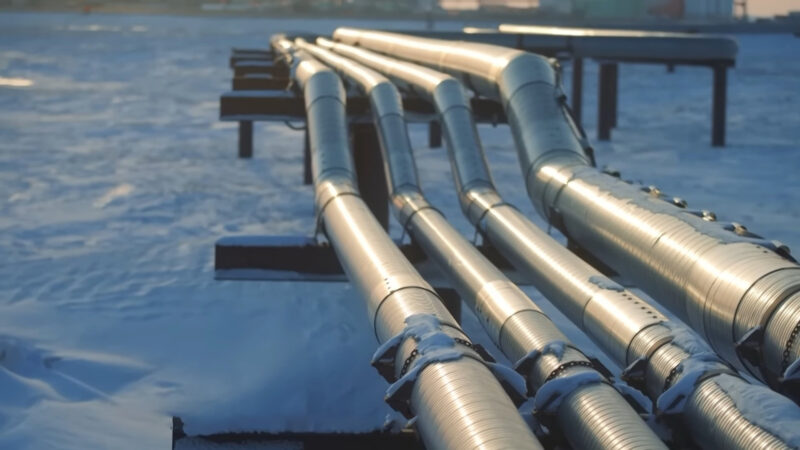
Remote Location and Inadequate Infrastructure
The NPR-A’s remote location presents numerous logistical challenges:
- Inaccessible Terrain: The region’s challenging terrain and extreme weather conditions can complicate construction and transportation logistics.
- Lack of Infrastructure: The limited existing infrastructure necessitates substantial investments for construction, raising concerns about cost overruns.
Spill Risks and Environmental Accidents
Oil and gas extraction and transportation involve inherent risks:
- Spill Potential: The proximity of the Willow Project to the Colville River Delta, an ecologically sensitive area, raises concerns about oil spills and their devastating impacts on aquatic ecosystems.
Environmental Contamination: Accidents could lead to long-term contamination, affecting water quality, vegetation, and wildlife.
| Technical and Infrastructural Challenges | Implications |
|---|---|
| Inaccessible Terrain | Difficulties in accessing resources and deploying equipment, potentially leading to increased costs and delays. |
| Lack of Infrastructure | The need for substantial investments in roads and transportation networks to support the project’s construction and operation. |
Alternatives and Sustainable Energy Options
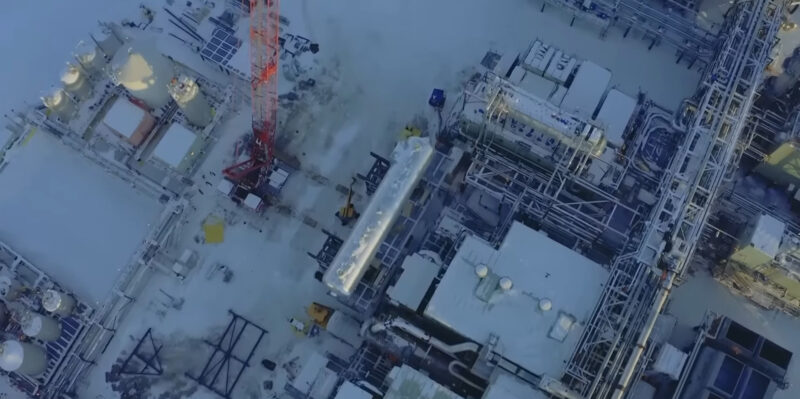
Renewable Energy Solutions
Investing in renewable energy sources offers viable alternatives to the Willow Project:
- Solar Power Potential: Alaska has significant solar energy potential, especially during the extended daylight hours of summer, making it an attractive renewable energy option.
- Wind Energy Prospects: The state’s coastal regions experience strong winds, making them suitable for harnessing wind energy, which is more sustainable and environmentally friendly.
Energy Efficiency and Conservation
Promoting energy efficiency and conservation measures can significantly reduce energy demands:
- Energy-Efficient Technologies: Adopting energy-efficient technologies and practices in industries, buildings, and transportation can curtail energy consumption.
- Public Awareness: Educating the public about energy conservation and its importance can foster behavioral changes, leading to reduced energy consumption.
FAQs
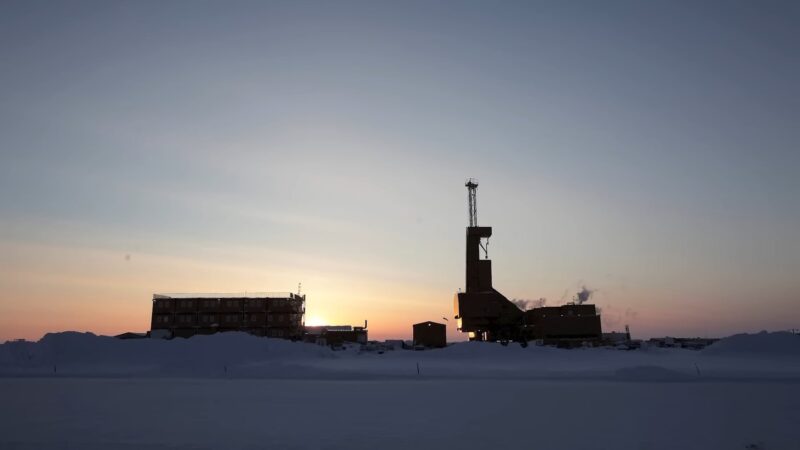
What are the risks associated with oil and gas extraction and transportation?
Oil spills and accidents could have devastating consequences for aquatic ecosystems, water quality, vegetation, and wildlife.
How can renewable energy sources offer alternatives to the Willow Project?
Investing in solar and wind energy can provide cleaner and more sustainable options for meeting energy demands.
What are the solar power prospects in Alaska and how can they be utilized?
Alaska has significant solar energy potential, especially during the extended daylight hours of summer, making it a viable renewable energy source.
How might harnessing wind energy be advantageous for Alaska’s energy needs?
The state’s coastal regions experience strong winds, providing ample opportunities for harnessing wind energy, which is environmentally friendly.
What are some energy efficiency measures that can reduce energy demands?
Adopting energy-efficient technologies in industries, buildings, and transportation can help curtail energy consumption.
How important is public awareness in promoting energy conservation efforts?
Educating the public about the significance of energy conservation can lead to behavioral changes and contribute to reduced energy consumption.
Last Words
The Willow Project has sparked controversy due to the many concerns surrounding its potential environmental, social, and economic impacts. The data and statistics outlined in this article stress the need for a thorough assessment of large-scale fossil fuel initiatives, especially in environmentally sensitive areas like the NPR-A.
The need to address climate change and transition to renewable energy sources has become increasingly critical. By considering the issues raised and exploring viable alternatives, we can move towards a more sustainable and resilient energy future.
This strategy is in line with current trends in sustainable real estate, which emphasize environmental conservation and resilience. By adopting such practices, we can ensure the protection of our planet for future generations.
